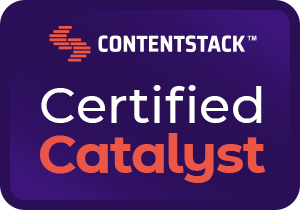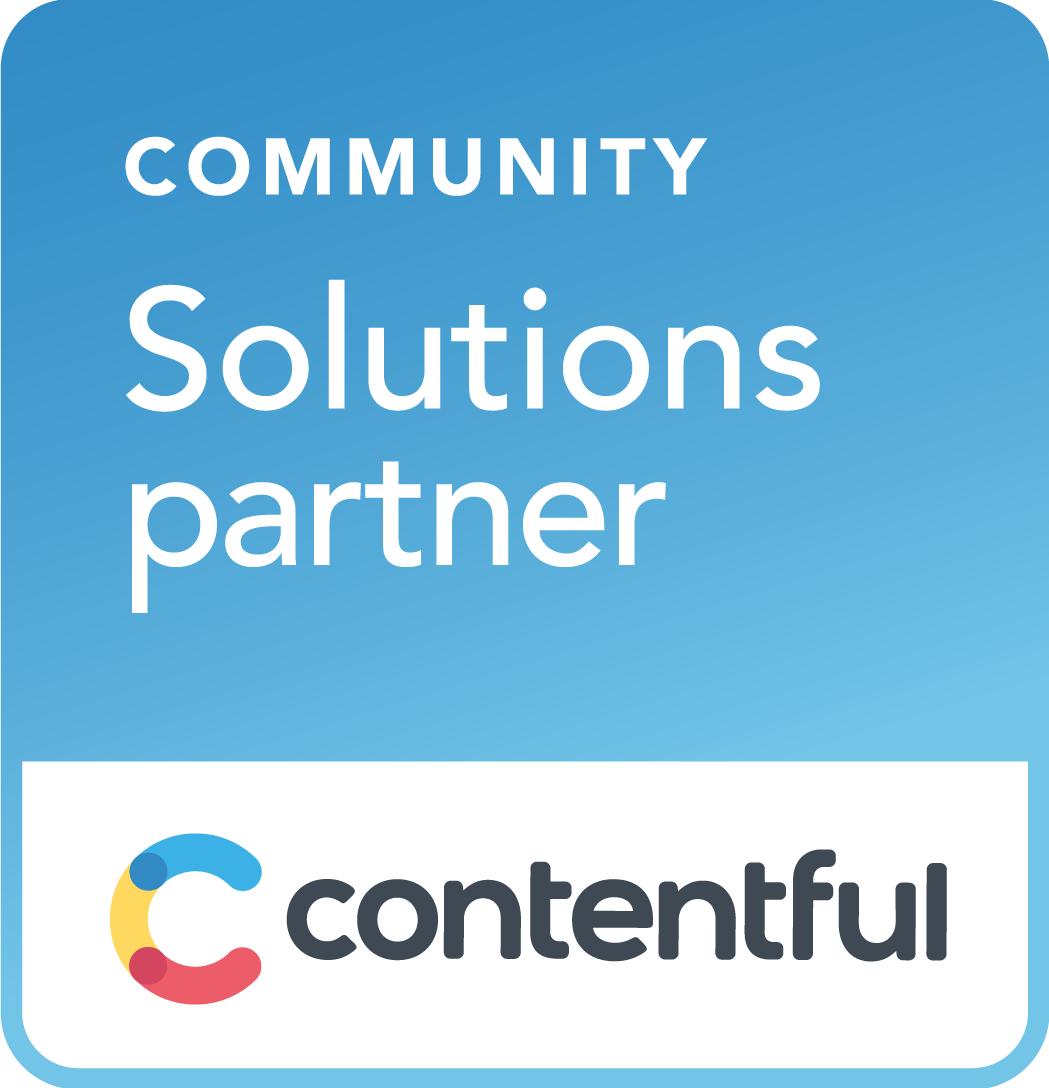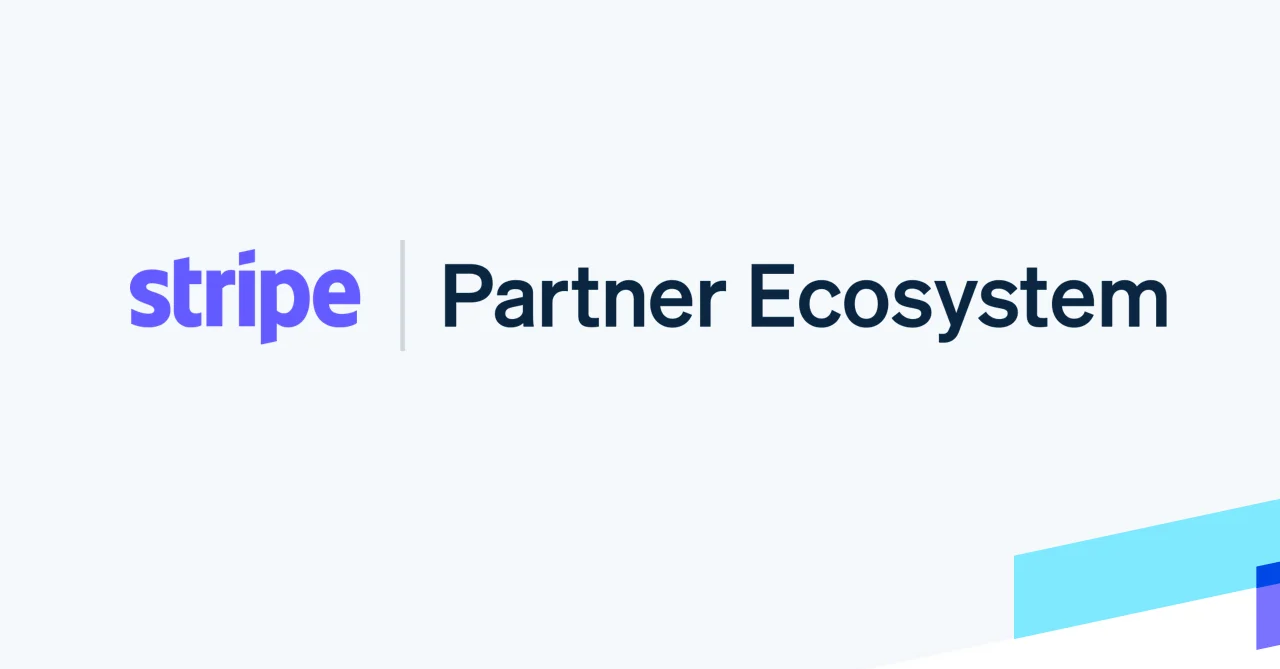How do I maintain traffic and revenue from my website during the COVID-19 (Coronavirus) pandemic?
2020-03-12
Normally, when we see "hot trends", Organic Search Marketing doesn’t typically react as quickly as Social or Paid or Email as an acquisition and awareness strategy. But every now and then Search reacts. Ultimately, its because the consumer is reacting.
With the current state of the world, COVID-19 is demonstrating unprecedented movement in e-comm and retail, travel and hospitality, entertainment, fashion, medicine and so much more. The shelves are clearing for products related to hygiene, sanitation, cleanliness and prevention. The impact to travel and hospitality, which is directly dependent upon foot traffic, entertainment in all forms from museums and galleries to the largest of sporting events and festivals, medical and helthcare services and institutions crippled by rapid influx of demand and lack of supplies and real estate, and so many more industries are and will continue to be impacted for some time.
As mentioned in Bloomberg, "Coronavirus will change how we shop, travel and work for years". In this moment companies will need to redefine the way that they interact with their consumer audience. Organizations will need to adapt their strategies to focus on aquisition models that understand what their consumer audience is turning to their brand for. Listening to the highly competitive environment and understanding where tomorrow's customer might be.
All websites have access to a suite of google tools that help companies understand their consumer audience. Everything from Google My Business, to Google Analytics, to Google AdWords, to Google Search Console and more.
For example, native to Google Search Console is the day over day Organic Clicks and Impressions data, which should absolutely be consulted. The business can use this to prioritize the types of products, services and solutions their consumers are most likely to turn to them for, and allow content strategies to target consumers in these moments that matter, to provide the information the consumer expects and needs. This can also be combined with a cross channel strategy, ensuring that the keywords generating engagement are paid for, socialized, email blasted and advertised with precision. Limiting waste of revenue is critical during times of web duress. Organizations should double down on the engagement that drives their bottom line and think strategically about targeting wider and deeper audiences.
Creating a website from the start with a consumer focused, SEO first design would be ideal, but what about organizations that are pumping significant funding into paid aquisition strategies? Organizations are being forced to reduce spend rapidly, to preserve revenue, but also to strategically focus on demographics of consumers. If your company put a hault to paid aquisition, would your company persist with organic attention alone?
Prioritizing SEO and Consumer Optimized Content Strategies at the organizational level can truly help brands identify their target audience. In times of web and commerce uncertainty, brands need to hyper focus on their value to the consumer, first.
COVID-19 may be a brief incident, disrupting global business, but reacting with a consumer first approach and listening to the data related to the products, services and solutions they care about in the moments that matter is now more paramount than ever before.
The goal is to focus on the content you qualify for related to this moment in time. Associate your products, services and solutions to the consumer by strategically understanding their needs as they relate to your brand. Medical centers my need to design more mobile care options. Hotels my need to diversify their strategies to focus on local communities and "around town" content to stimulate local travel. Fashion companies may need to innovate into bacteria-free materials and new manufacturing regulations focusing on sanitation. Restaurants may need to explore vaster delivery services and offer incentives to patrons stimulating foot traffic. An the list goes on and on and on.
Protect your organic bottom line.





